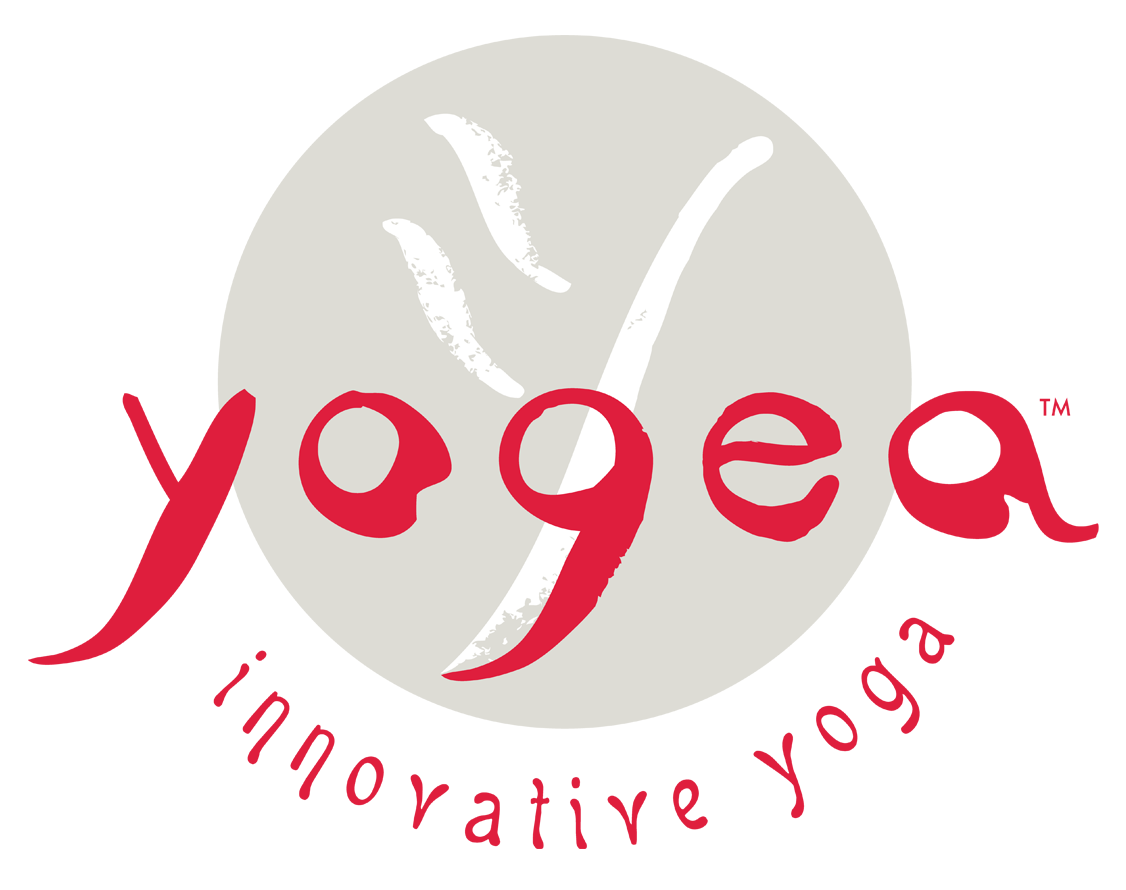Strong Stem
A recent back injury challenged my notion on how to design a safe, and effective spinal health routine. I had always emphasized spinal flexibility over stability in my routines, thinking that a flexible back would always be strong and pain-free. The truth is, flexibility is just part of the equation. It is actually a result of a strong and supple spine. How to build it safely and for the long run is the question. Spinal health is a three-fold process of building strength, muscle tone and flexibility, while relieving tension and lower back compression. In yogic terms the three actions to be performed are lengthening, strengthening and twisting. How does this apply to the yoga practice?
Once my bad back flared up, I had to literally back off from most of the poses that I had been doing for 25 years. It was frustrating, but very therapeutic. For a period of 6 months I was forced to go back to the basics. I had to tone down my practice. I started to relearn how to do yoga, especially when it came to arching and folding. I revisited my alignment and focused on strengthening and stabilizing before actual folding, arching or twisting. The result was a much lesser range of motion. I lost most of my flexibility. I couldn’t even demonstrate the routines for my students, so I had to talk them through.
But as I did that, I reconsidered my notion about correct alignment. In no time my teaching grew. I build stronger and efficient, not bulkier muscles. My transitions became more graceful and fluid, and my sequences more effective and less creative. And my students got much more from my teaching. But most of all my excruciating back pain slowly faded away.
Looking back, I feel grateful for the injury and the lesson it taught me about spinal health. First and foremost, it taught me to strengthen the back with weight-bearing exercises. It does not necessarily mean to hit the gym every day, but to train wisely. A set of superman lifts while lying on the belly and side bends to pull the intercostal muscles provided the much needed tone and extension, before promoting flexibility.
Spinal elongation reverses the aging effect that gravity has on our joints. Paired with reclining twists and spine curls it gives the spine a chance to employ the internal musculature and stabilize the joints, prior to performing any torsion or rotation. This way in every arch you discover an inner contraction that locks in the movement, before it opens up the range. Every twist requires a lengthening action prior to the torsion; every lift – a sinking into gravity; every forward bend – an inner curl to make room for a deeper release.
Now I never miss on this push, pull and curl action in every asana, and always think about growing in the contraction, and suctioning into the expansion. It’s a simple law of physics that applied to yoga promotes stability, balance and a wider range. A wider range of motion, that comes with a deepening of the inner understanding how to practice wisely and efficiently. And mind you, we grow not only inches, but also leaps and bounds.
Spinal Health Yoga Routine: Strong Stem (open level)
This yoga routine combines poses that promote spinal flexion, extension, and torsion to promote strength and stability – making you taller and more connected with your core.

Leave a Reply